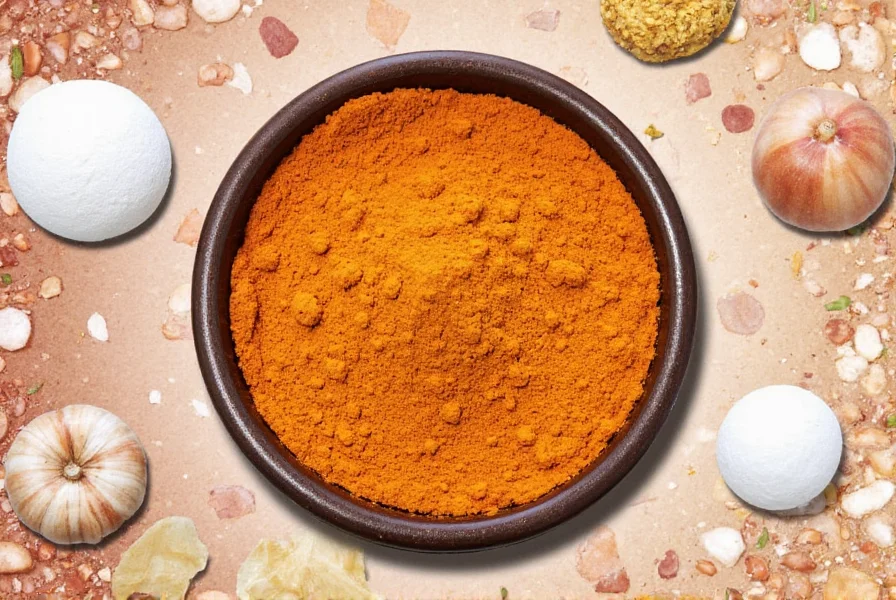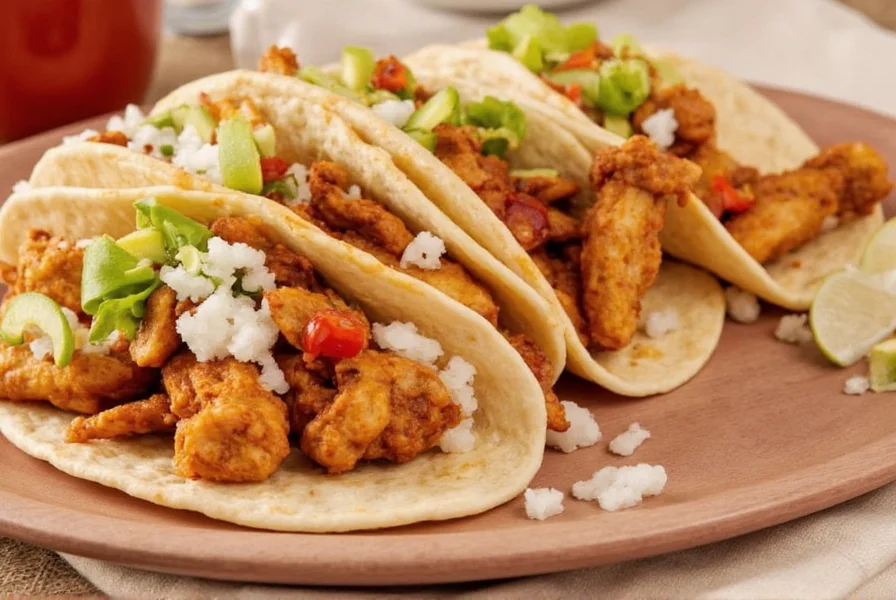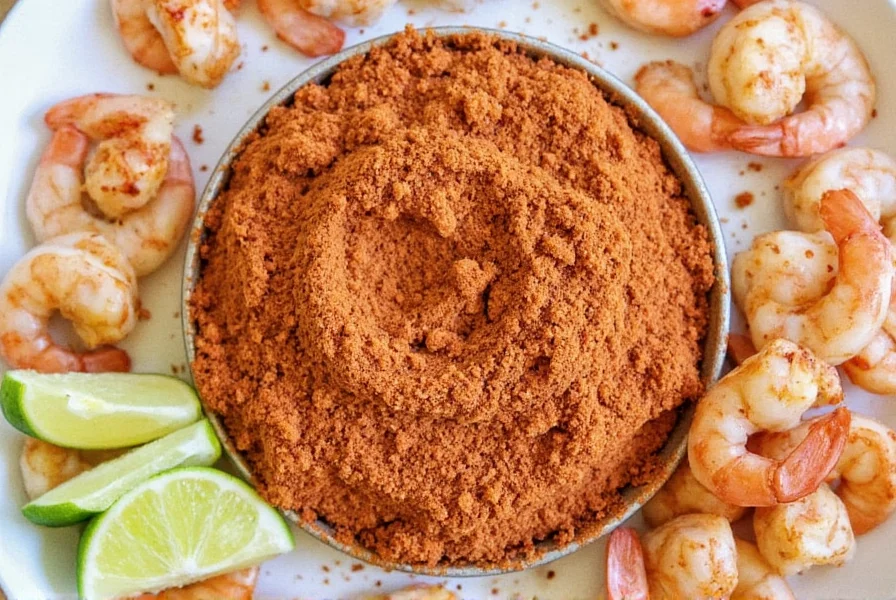Spice Up Your Life: A Tandoori Masala Journey Around the World
Table of Contents
Introduction to Chicken Tandoori Masala
Chicken tandoori masala is a vibrant blend of spices that has captured the hearts (and palates) of spice lovers around the globe. This iconic Indian spice mix is traditionally used to marinate chicken before it’s cooked in a tandoor, or clay oven. But its versatility extends far beyond the original recipe, making it a must-have in kitchens worldwide.
The magic of tandoori masala lies in its balance of heat, aroma, and flavor. It typically includes ingredients like cumin, coriander, turmeric, ginger, garlic, and chili powder. Some blends also include garam masala, which adds depth and warmth. The combination creates a rich, smoky, and slightly spicy profile that complements both meat and vegetarian dishes.
But what makes this spice so special? It’s not just about taste—it’s about tradition, culture, and the stories behind each ingredient. In this article, we’ll explore how chicken tandoori masala fits into global spice traditions, share some practical tips for using it, and guide you through choosing the best one for your needs.

Global Spice Traditions and Chicken Tandoori Masala
Spices have always been at the heart of culinary traditions across the world. From the fragrant curries of South Asia to the bold seasonings of the Middle East, each region has its own unique way of blending flavors. Chicken tandoori masala, while rooted in Indian cuisine, has found its way into many other cultures, often with local twists.
India: The Birthplace of Tandoori Masala
Originating from the northern regions of India, tandoori masala is closely tied to the tandoor cooking method. The clay oven imparts a distinctive smokiness that pairs perfectly with the spice blend. Traditionally, the chicken is marinated for hours before being grilled, resulting in a tender, juicy, and flavorful dish.
Middle Eastern Influence
As Indian cuisine spread across the globe, so did tandoori masala. In the Middle East, chefs began incorporating it into their own recipes, creating fusion dishes that combine the richness of tandoori with local flavors like sumac, za’atar, and pomegranate molasses.
Europe and Beyond
In Europe, especially in the UK and Germany, tandoori masala became a staple in Indian-inspired dishes. You’ll find it in everything from tandoori chicken burgers to spiced kebabs. Even in the US, it’s a popular choice for grilling and roasting, adding a fiery kick to any meal.
Practical Tips for Using Chicken Tandoori Masala
Whether you're a seasoned chef or a home cook, here are some tips to help you make the most out of your chicken tandoori masala:
- Marinate for Maximum Flavor: Let the chicken sit in the masala for at least 2–4 hours. Overnight marination gives the best results.
- Use Fresh Ingredients: For the best flavor, use fresh ginger and garlic instead of pre-made pastes or powders.
- Adjust Heat Levels: If you prefer milder flavors, reduce the amount of chili powder or omit it entirely.
- Experiment with Dishes: Don’t limit yourself to chicken! Try it on vegetables, tofu, or even roasted potatoes.
- Grill or Bake: While traditional tandoori is grilled, you can also bake the chicken for a similar result with less effort.

Buying Guide for Chicken Tandoori Masala
With so many options available, choosing the right chicken tandoori masala can be overwhelming. Here’s a breakdown of what to look for when shopping for the perfect blend:
| Feature | Description |
|---|---|
| Ingredients | Look for a blend that includes cumin, coriander, turmeric, ginger, garlic, and chili. Some may also include garam masala, cinnamon, or cloves. |
| Quality | Choose a brand that uses high-quality, whole spices rather than pre-ground mixes. Whole spices retain more flavor and aroma. |
| Flavor Profile | Some masalas are more aromatic, while others are spicier. Consider your taste preferences before purchasing. |
| Source | Opt for organic, non-GMO, or fair-trade certified products if possible. These ensure better quality and ethical sourcing. |
| Usage | Check if the product is suitable for your intended use—grilling, baking, or as a seasoning for other dishes. |
When it comes to specific products, here are a few top picks:
- Brand A - Premium Tandoori Masala: Known for its bold flavor and authentic Indian roots. Perfect for those who love intense spice and smoky notes.
- Brand B - Organic Tandoori Blend: Made with organic spices and no artificial additives. Ideal for health-conscious cooks.
- Brand C - Mild Tandoori Masala: Great for beginners or those who want a more balanced taste without too much heat.
No matter which option you choose, remember that chicken tandoori masala is a versatile and powerful ingredient that can elevate any dish. Whether you’re grilling, roasting, or simmering, this spice blend will bring a touch of global flavor to your kitchen.

Conclusion
From the clay ovens of India to the grills of Europe, chicken tandoori masala has proven to be more than just a spice—it's a symbol of cultural exchange and culinary creativity. Its deep, smoky, and spicy profile makes it a favorite among both amateurs and professionals alike.
By understanding its origins, learning how to use it effectively, and knowing what to look for when buying, you can unlock the full potential of this incredible spice. So next time you reach for your tandoori masala, remember that you're not just adding flavor—you're connecting with a rich global heritage.











 浙公网安备
33010002000092号
浙公网安备
33010002000092号 浙B2-20120091-4
浙B2-20120091-4